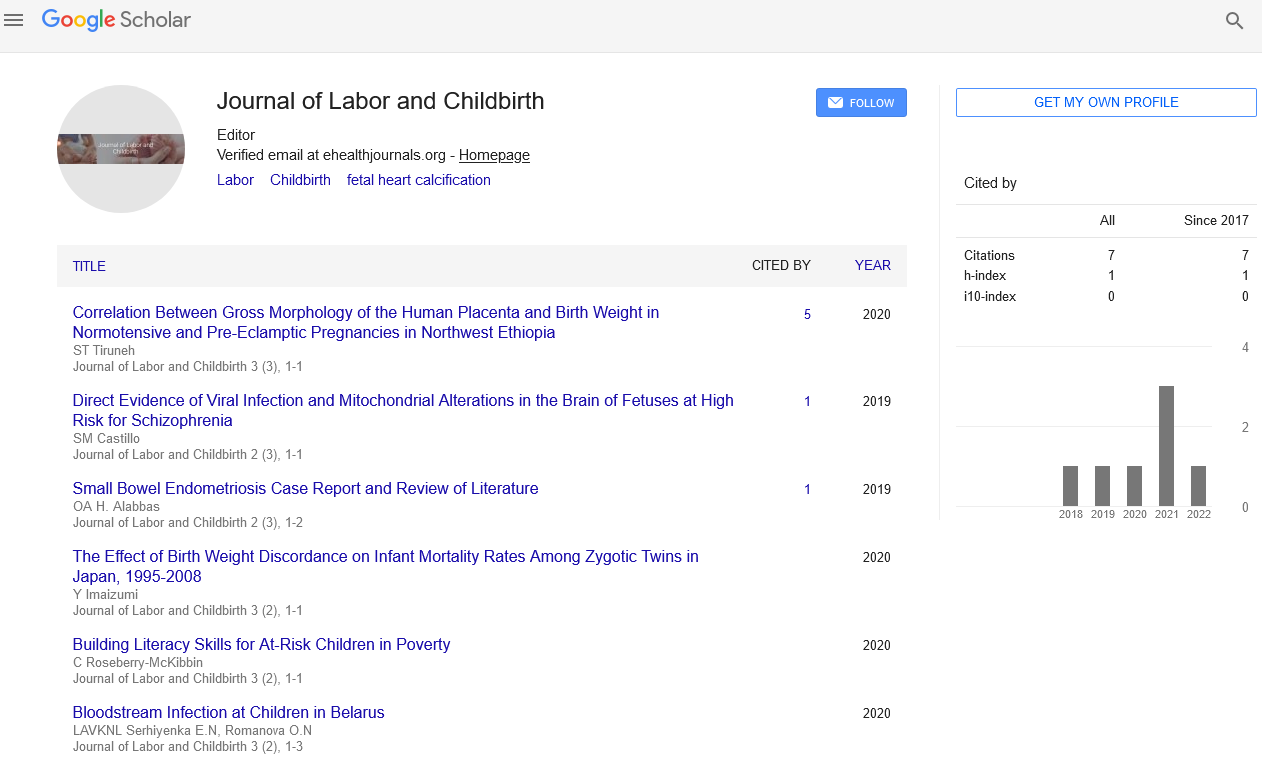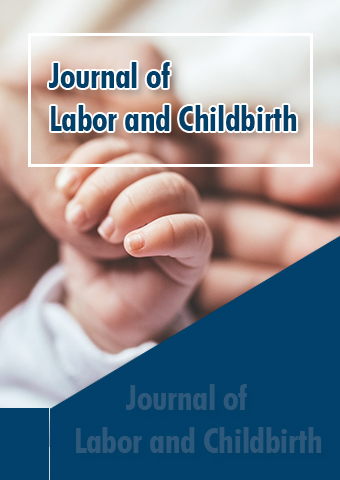Perspective - Journal of Labor and Childbirth (2024) Volume 7, Issue 5
Labor Induction Techniques: An Overview
- Corresponding Author:
- Mimi Dent
Department of Child Welfare,
Medical University,
Toronto,
Canada
E-mail: mimiden@gmail.com
Received: 28-Sep-2024, Manuscript No. jlcb-24-149130; Editor assigned: 03-Oct-2024, PreQC No. jlcb-24-149130 (PQ); Reviewed: 17- Oct-2024, QC No. jlcb-24-149130; Revised: 21-Oct-2024, Manuscript No. jlcb-24-149130 (R); Published: 28-Oct-2024, DOI: 10.37532/jlcb.2024.7(5).272-273
Introduction
Labor induction is the process of stimulating contractions before natural labor begins to bring about childbirth. This practice is employed for various medical and non-medical reasons when it is deemed safer or more beneficial for the mother or baby to initiate labor rather than waiting for spontaneous labor. As medical advancements continue to evolve, the techniques used for labor induction have also become more refined, offering a range of options to healthcare providers and expectant mothers.
Description
Reasons for labor induction
Labor induction is typically recommended in situations where continuing the pregnancy poses a greater risk than delivering the baby. Some of the common medical reasons for induction include:
Post-term pregnancy: When a pregnancy extends beyond 42 weeks, the risk of complications such as fetal distress and stillbirth increases. Inducing labor reduces these risks.
Premature Rupture of Membranes (PROM): If the amniotic sac ruptures but labor doesn’t start on its own within a certain time frame, induction may be necessary to reduce the risk of infection.
Preeclampsia: This condition, characterized by high blood pressure and signs of organ damage, can be dangerous for both the mother and baby. Inducing labor can prevent complications from escalating.
Techniques for labor induction
There are several techniques that healthcare providers may use to induce labor. The choice of technique depends on the specific circumstances of the pregnancy, the mother’s health and the readiness of the cervix for labor.
Prostaglandins: Prostaglandins are hormonelike substances that help ripen the cervix, making it softer and more likely to open during labor. Prostaglandin gels or tablets can be applied directly to the cervix or taken orally. This method is often used when the cervix is not yet favorable for labor. The process of cervical ripening can take several hours and in some cases, labor may start without the need for additional induction methods.
Amniotomy (Artificial rupture of membranes): Amniotomy involves breaking the amniotic sac (the fluid-filled sac surrounding the baby) using a small, hook-like instrument. This technique is often used in conjunction with other induction methods, such as oxytocin administration. By rupturing the membranes, the release of natural prostaglandins is stimulated, which can help kick-start contractions. However, this method is typically only considered when the cervix is already dilated to some extent and the baby’s head is engaged in the pelvis.
Oxytocin administration: Oxytocin is a natural hormone that the body produces to stimulate contractions during labor. In cases where labor needs to be induced or augmented (sped up), synthetic oxytocin (Pitocin) can be administered intravenously. The dose is carefully controlled and adjusted based on the strength and frequency of contractions. Oxytocin is a highly effective method for inducing labor, but it requires close monitoring to prevent complications such as uterine hyperstimulation, where contractions become too strong or too frequent, potentially leading to fetal distress.
Membrane stripping: Membrane stripping is a procedure performed during a vaginal exam, where the healthcare provider gently separates the amniotic sac from the walls of the uterus near the cervix. his action releases natural prostaglandins and may help initiate labor within a few days. While membrane stripping is generally safe, it can cause discomfort, cramping and spotting. his technique is usually offered to women who are at or near their due date and have a partially dilated cervix.
Risks and considerations
While labor induction is generally safe, it does carry some risks. The potential complications depend on the method used and the individual circumstances of the pregnancy. Some of the risks include:
Uterine hyperstimulation: Excessively strong or frequent contractions can lead to fetal distress and, in some cases, uterine rupture.
Increased likelihood of cesarean section: Induced labor, particularly when the cervix is not yet favorable, may increase the risk of requiring a Csection.
Infection: Procedures like amniotomy can increase the risk of infection if labor is prolonged.
Low heart rate: Some induction methods, particularly those involving oxytocin, can cause the baby’s heart rate to drop.
Because of these risks, induction is only recommended when the benefits outweigh the potential complications. It is crucial for expectant mothers to discuss the reasons for induction, the chosen method and any associated risks with their healthcare provider to make an informed decision.
Conclusion
Labor induction is a valuable tool in modern obstetrics, allowing healthcare providers to manage pregnancies where waiting for spontaneous labor could be risky. With a variety of techniques available, each with its own benefits and considerations, induction can be tailored to the needs of the mother and baby. However, as with any medical intervention, it is essential to weigh the benefits against the risks and to proceed under the guidance of a qualified healthcare professional. Through careful management and monitoring, labor induction can lead to a safe and successful delivery, ensuring the best possible outcome for both mother and child.

